cat nasal polyp sound
Nasopharyngeal polyps impact your cats breathing. Feline nasal polyps are benign pink growths that appear from the mucus membranes or the moist tissues that line the nose.
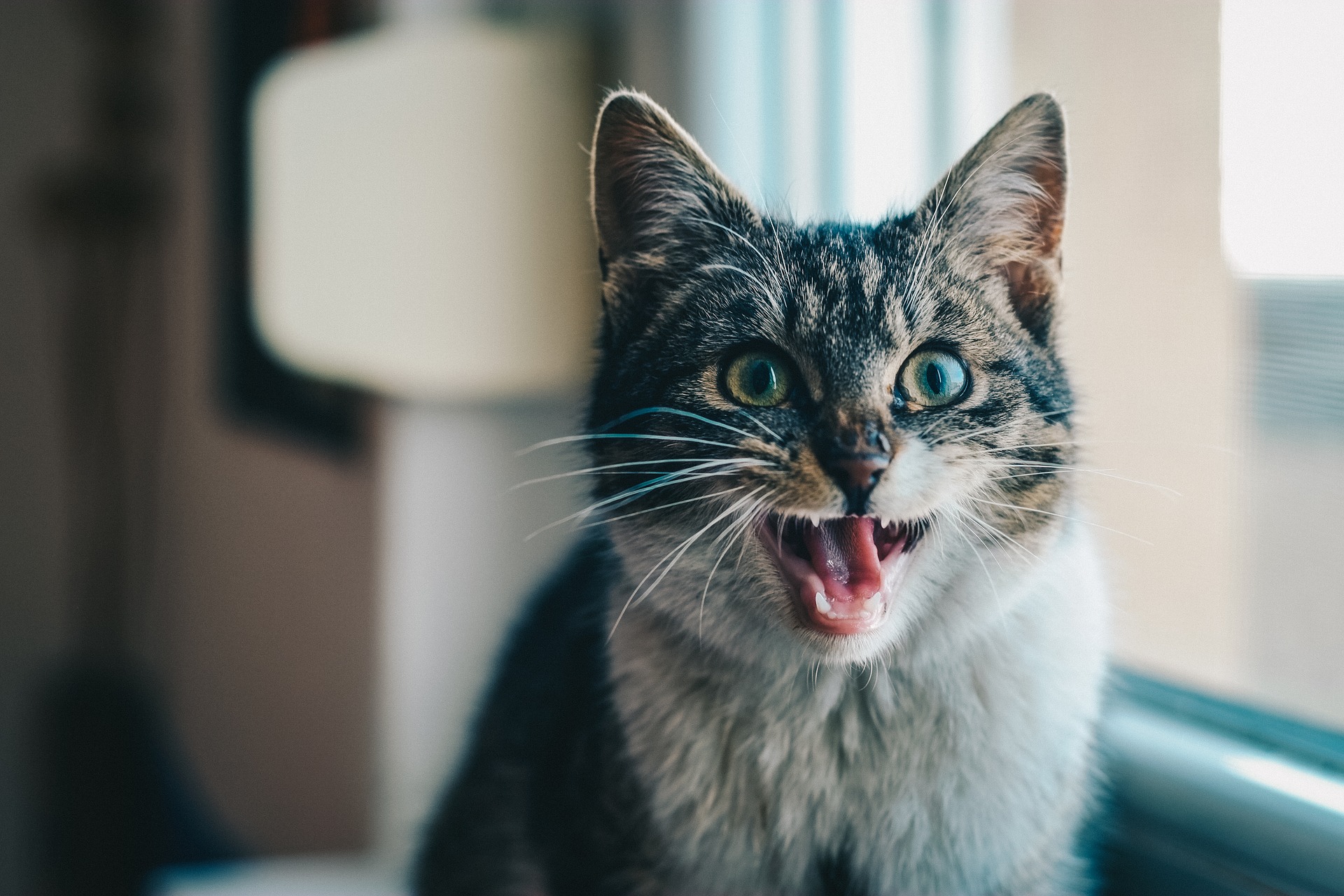
What Are Polyps And How Are They Treated In Cats Vet Help Direct
Some cats may have nasal discharge can be clear or thick yellow snotty looking.

. Where a polyp is nasopharyngeal so not in the ear but at the back of the throat above the soft palate the cat normally shows more respiratory-type signs. Stone points out that they are almost always observed in young adults and occasionally kittens. Secondary bacterial infections can develop due to the blockage and accumulation of secretions resulting in nasal discharge.
The polyps obstruct the passage of air so affected cats usually develop a distinctive snorting sound as they breathe. Cats can develop benign growths in their nasal passages that make it difficult to breathe. A nasopharyngeal polyp as a cause of respiratory stertor in a cat by Jaime Chin.
Common symptoms of nasal polyps in cats may include the following. The polyps obstruct the passage of air so affected cats usually develop a distinctive snorting sound as they breathe. Affected cats may have trouble.
In cats most commonly these are benign nasopharyngeal polyps. However their quality of life is much improved when nasal breathing is possible. Naso-pharyngeal polyps are the most common masses that are seen in the external ear canal in cats.
Chronic inflammation of the nasal passages either due to viral or bacterial infections can predispose a cat to develop nasal polyps. She said it could be a congenital abnormality or a mechanical obstruction whatever that is. The signs of nasal polyps often mimic an upper respiratory infection however these signs may persist with little response to medical therapy.
Bacterial infections usually occur because of an underlying condition such as a viral infection a tumor or polyp in the nasal passage or a foreign body lodged in your cats nose. Cats suffering from the condition are likely to display one or more of the following symptoms. If this occurs the cat develops nasal discharge and sneezing.
Nasal polyps are most. GAAAK was the sound he made when he inhaled like he was trying to breathe through the worst clogged nose in the world. The signs will typically include noisy breathing sneezing and gagging says Dr.
The discharge may be clear or have some blood in it. Affected cats may have trouble breathing. CVE CT Series September 2010 Issue 260 Winner of Best Pics.
Symptoms of a narrowed nasal passage are likely to increase in intensity when the cat is eating. The severity of clinical signs observed depends on the location and the size of the polyp. Nasal Pharyngeal Polyps in Cats.
Nasal polyps are most frequently observed in young cats. Unusual nasal sounds whistling or snoring Difficulty breathing. Commonly observed clinical signs include sneezing increased respiratory sounds and nasal congestion.
In some cases these signs may be accompanied by a phenomenon called reverse sneezinga sudden alarming honking sound that the frustrated cat makes in an apparent effort to clear its throat. Nasopharyngeal polyps impact your cats breathing. As mentioned above nasal polyps often cause signs of upper respiratory problems in cats.
Although nasopharyngeal polyps can develop in cats of all ages and are occasionally diagnosed in elderly cats Dr. They are benign growths. The severity of clinical signs observed depends on the location and the size of the polyp.
Rarely cats can experience loss of balance and different pupil sizes. If this occurs the cat develops nasal discharge and sneezing. The polyps obstruct the passage of air so affected cats usually develop a distinctive snorting sound as they breathe.
The signs of nasal polyps often mimic an upper respiratory infection however these signs may persist with little response to medical therapy. The discharge may be clear or have some blood in it. She suggested a CT scan for and to see a specialist to come up with a plan which involves lotsa.
Labored and noisy breathing nasal discharge head shaking sneezing difficulty in swallowingall of these clinical signs suggest that a cat is harboring an upper respiratory problem. Parasites Unwelcome parasite infections like feline heartworms and lungworms can wreak havoc on the lungs resulting in breathing abnormalities. Weight loss Refusal to drink or eat Swallowing difficulties Ear infection The odor from the ear Nystagmus Ear scratching Balance problems Head shaking Head tilt Nasal discharge Noisy breathing Changes in meow Difficulty breathing.
These are blobs of inflammatory tissue that protrude into. Secondary bacterial infections can develop due to the blockage and accumulation of secretions. The polyps obstruct the passage of air so affected cats usually develop a distinctive snorting sound as they breathe.
Affected cats may have trouble breathing Commonly observed clinical signs include sneezing increased respiratory sounds and nasal congestion. Signs and treatments. Nasopharygeal polyps often present as a persistent snoring sound in cats.
Nasopharygeal polyps often present as a persistent snoring sound in cats. In addition to that cats with nasal polyps tend to produce increased respiratory sounds that are pretty similar to snores. Nasal Squamous Cell Carcinoma in Cats.
The problem Domino had is called a nasal polyp. Symptoms of Nasal Polyps in Cats. These include sneezing nasal discharge sometimes reverse sneezing a startling honking sound thats basically a reflex caused by the cat trying to clear the throat.
The vet said the possibility of nasal polyps is possible but highly unlikely due to his age at only 5 months old. Nasopharyngeal polyps Any tumor growing in the back of the throat can lead to increased respiratory noise.

Cat Sinus Infection Home Remedies

Nasopharyngeal Polyp In A Cat Removal Cost And Veterinary Advice Youtube

Cat Owners Beware Of Polyps The River Reporter
Antelope Animal Hospital Nasopharyngeal Polyp
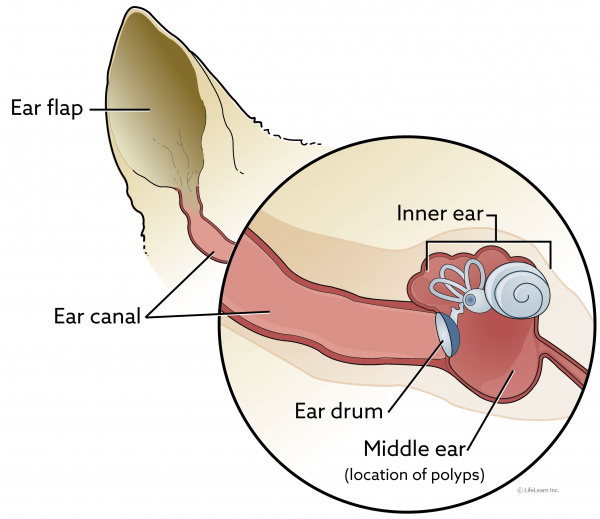
Nasopharyngeal Polyps In Cats Vca Animal Hospitals
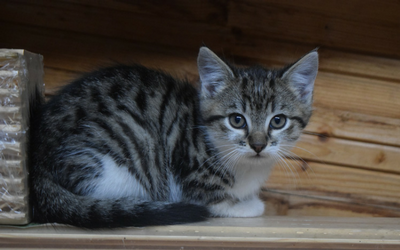
Nasal Polyps In Cats Vca Animal Hospitals
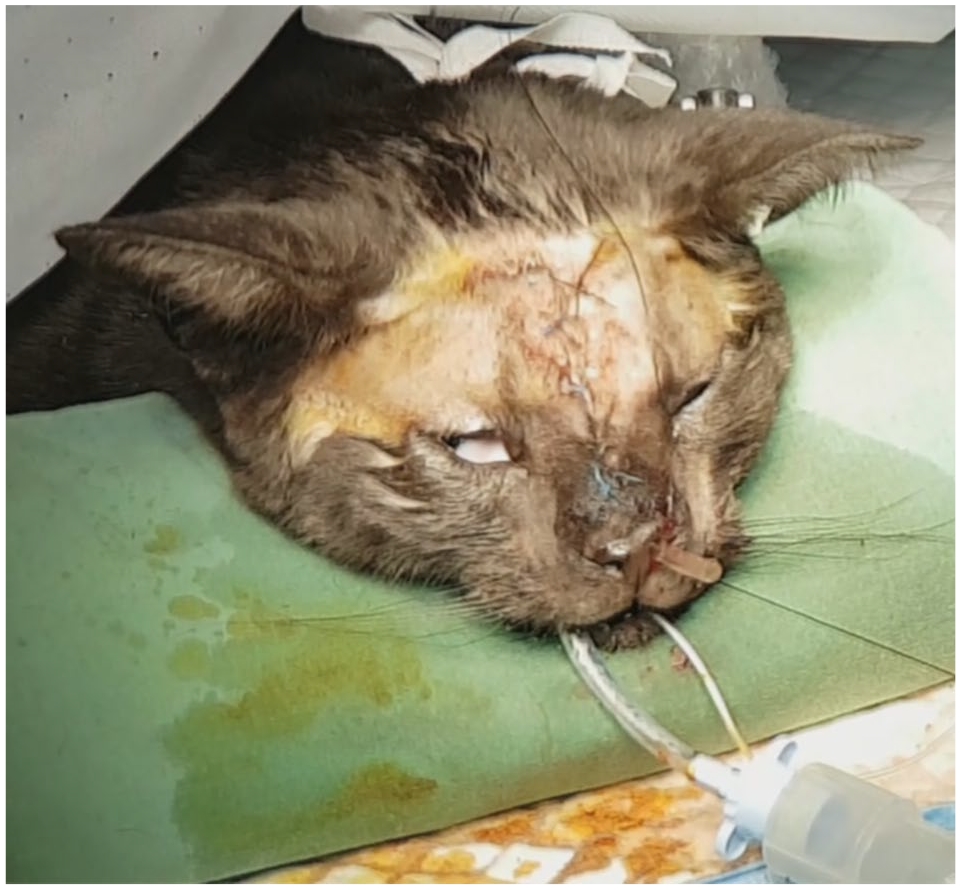
Partial Resolution Of Chronic Unilateral Sinonasal Obstructive Disease In A Cat Using A Temporary Polyvinylchloride Stent
Nasopharyngeal Polyps A Tricky Airway Problem In Cats Criticalcaredvm

Nasopharyngeal Polyps In Cats Vetgirl Veterinary Continuing Education Videos

I Think My Older 16 Year Old Cat Has A Nasal Polyp He Is The Love Of My Life He Has What Look To Be A Pink Swollen

Nose And Sinus Inflammation In Cats Petmd

Cat Snoring Reasons And Treatment Options Vet Advice

Edie And Her Nasopharyngeal Polyp Removal See How What This Looks Like And How Big They Can Get Youtube
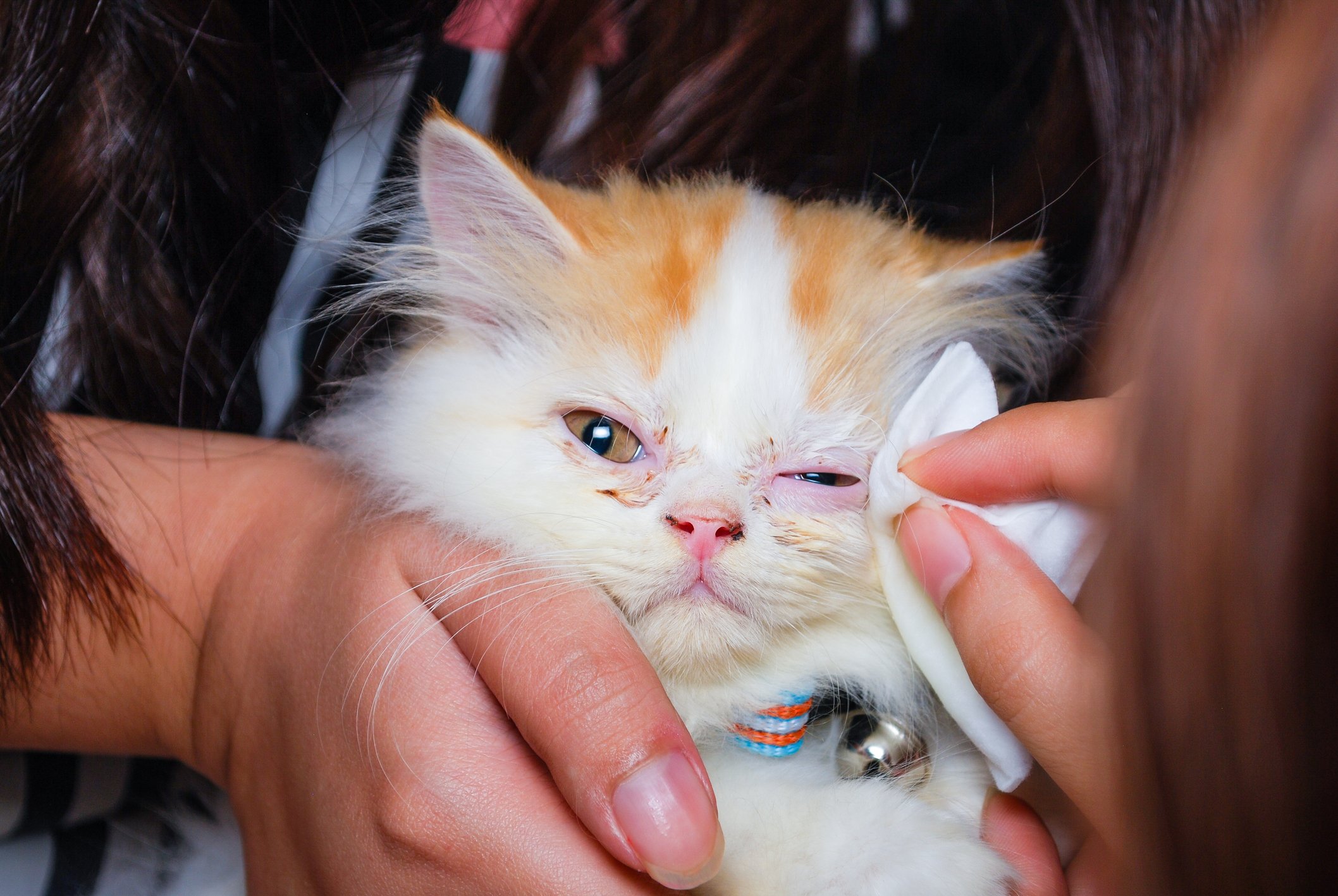
Chronic Rhinosinusitis In Cats Tufts Catnip
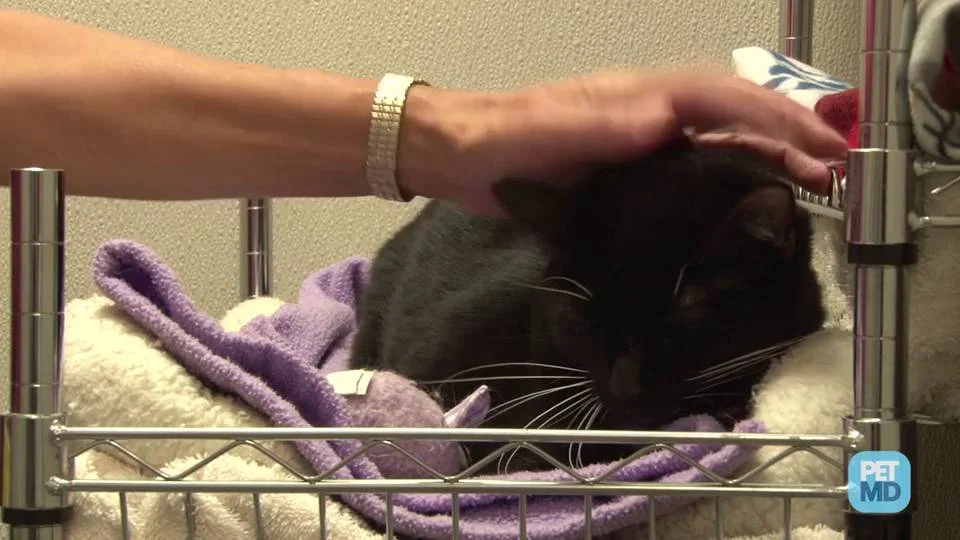
Nasal Discharge In Cats Runny Nose In Cats Petmd

Facial Distortion And Epiphora In A Cat With A High Grade Large B Cell Download Scientific Diagram

Nasal Polyps In Cats Symptoms And Treatment Options Kingsdale Animal Hospital
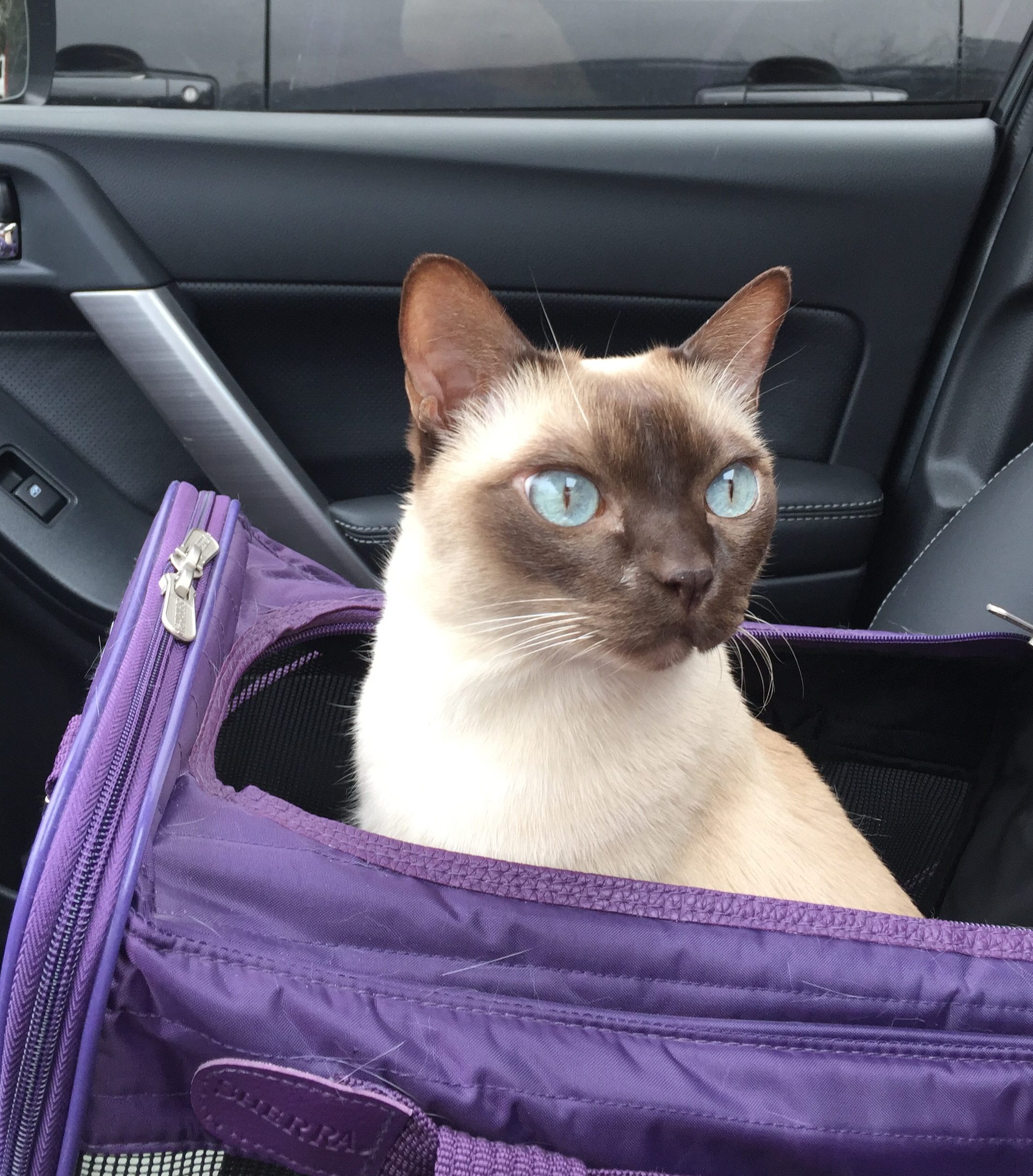
Following A Different Path Purrrfectly Holistic A Boutique For Cats Purrrfectly Holistic A Boutique For Cats
